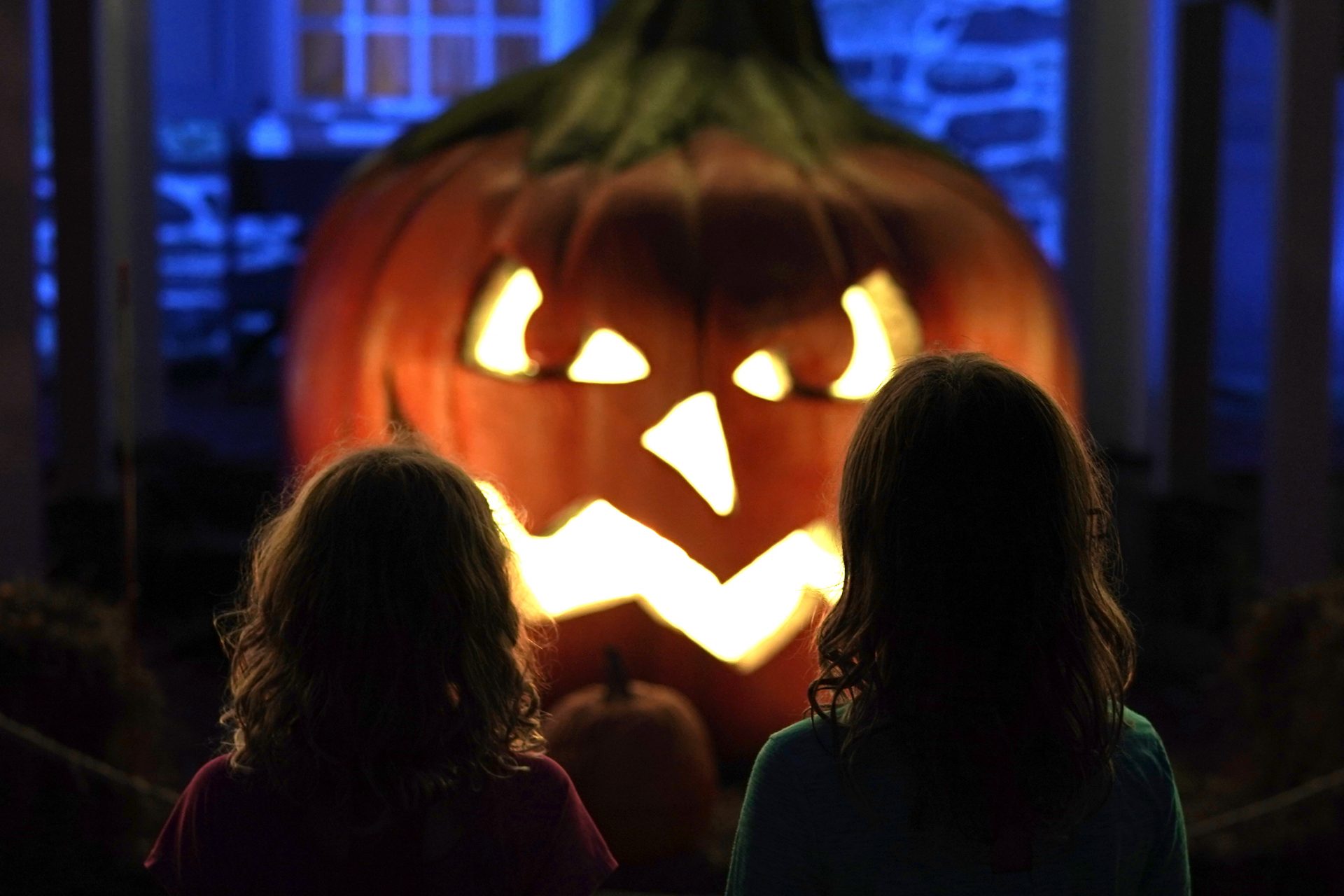Strange and amusing Halloween facts
There is a lot more to Halloween than just dressing up and eating candy! There are years and years of history and tradition behind this much beloved spooky holiday. Join us as we take a look at some unique Halloween facts!
Jack-o'-lanterns come from Irish folk tales about "Stingy Jack." According to Irish Central, the myth of Stingy Jack is about a man who was eternally doomed to roam the earth at night after making a deal with the devil.
To guide his way, he lit some coal in a carved-out turnip, which in turn inspired Irish and Scottish people to do the same. Later, when the Irish and Scottish immigrated to America, they realized that pumpkins had an ideal surface for carving.
A Halloween favorite, and for many, it isn't truly Halloween without a bowl of candy corn on the table! However, you may be surprised to learn that the original name of candy corn was "Chicken Feed."
This sweet treat was thought up by George Renninger in the 1880s and sold to sugar-craving children by Goelitz Confectionery Company (now Jelly Belly Co.) at the turn of the century. The candy was called "Chicken Feed" because corn was commonly used to feed chickens, and the box the candy came in featured a rooster.
Photo: By Csavvj - Own work, Wikicommons
Trick or treating evolved from a tradition called "souling." Trick or treating evolved from a Celtic tradition called "souling." This tradition took place during the Celtic festival of Samhain, in which poor children would beg for food and money, going from door to door.
According to Business Insider, the children would pray for the souls of the deceased loved ones of those who gave them food or money, and that is how the tradition became known as "souling."
When you think of Halloween, you think of candy; however, that wasn't always the case. According to History.com, candy wasn't the most common item to give trick-or-treaters until the 1970s.
History.com says trick or treating became popular in the United States in the 1930s; however, children were given everything from coins and toys to homemade cookies and nuts. By the 1950s, candy companies began selling pre-packaged Halloween treats, and by the 1970s, it became the norm.
Single women used to use Halloween rituals to help them find a husband in the 18th century. History.com says that women used to stand in a dark room, holding a candle in front of a mirror to look for their future husband's face to appear in the glass.
Bobbing for apples was also another way to know who would get married next. Young women believed that the winner of this activity would be the first to marry. In addition, women would throw apple peels over their shoulders and study how the peels landed, looking for their future husband's initials.
The subject of how old kids ought to be when they stop trick or treating is tricky. Some people have no problem handing over candy to teenagers so long as they are dressed up. For others, teenagers should leave the trick or treat to the little ones; however, one city in Canada has actually created an age limit for trick or treating.
CBC reports that anyone over the age of 16 caught trick-or-treating in Bathurst, Canada, faces up to a $200 fine. In addition, after too much Halloween mischief and pranks, the city also has an 8 pm curfew for everyone on Halloween night.
If you live in the United States, you'd better think twice before buying or renting a nun or priest costume! In some states, it is illegal to impersonate a clergy member.
According to Section 13A-14-4 of the Alabama Code, dressing up as a priest, nun, or other clergy member is a misdemeanor and can result in a fine of up to $500 or even jail time. Alabama isn't alone in its ban on clergy costumes, New York, Pennsylvania, and Massachusetts all have laws against impersonating members of the clergy. However, most of the statutes have to do with the intent of the deception.
Anoka, Minnesota, is believed to be one of the first cities in the world to begin celebrating Halloween as we know it today. According to the webpage America's Library, Anoka, which deems itself "The Halloween Capitol of the World," began a weeklong Halloween celebration in 1920 to reduce the number of pranks being pulled on the holiday.
Salem, Massachusetts, also known as the Witch City, is another city that loves Halloween. It is full of extravagant decorations and haunted houses in October. Historically, Salem also bears the unfortunate mark of the Salem witch trials, which lasted from February 1692 until May 1693. Throughout this period, the town executed 19 people by hanging, accusing them of being witches.
More for you
Top Stories






























